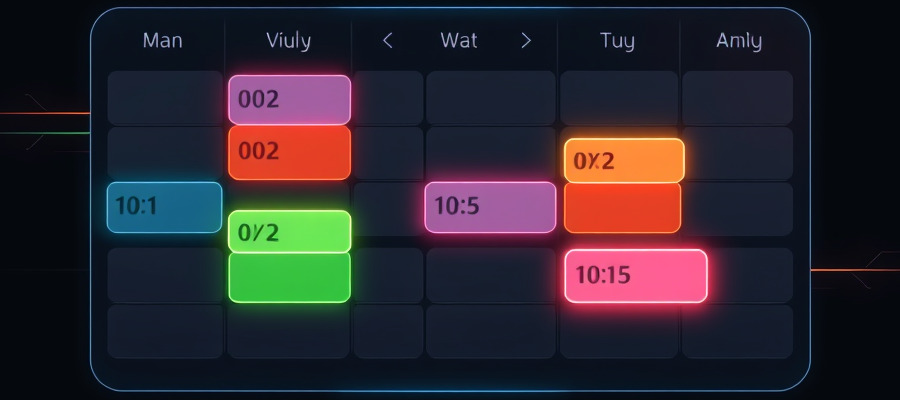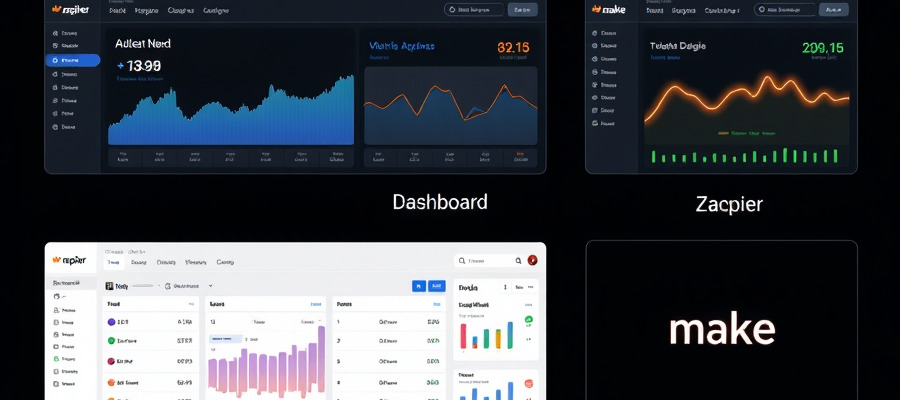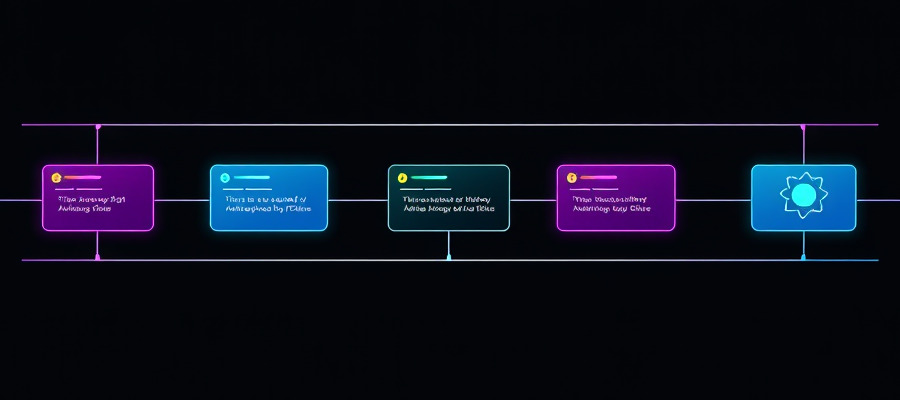Smart Calendar Automation for Busy Executives
Auto-schedule, prioritize, and optimize your calendar time.

Smart Calendar Automation for Busy Executives: Reclaim Your Time
For busy executives, time is the ultimate currency. Calendar automation transforms how you manage meetings, deadlines, and priorities—so you focus on strategic decisions, not scheduling logistics. In this guide, we’ll explore how AI-powered tools and smart workflows can optimize your schedule.
What Is Calendar Automation?
Calendar automation uses software (like Google Calendar, Microsoft Outlook, or AI tools) to streamline scheduling tasks:
- Auto-scheduling meetings based on attendee availability
- Priority-based time-blocking for deep work or client calls
- Rescheduling conflicts intelligently
- Integrating with email, CRM, and project management apps

Why Executives Need Automated Calendars
1. Eliminate Scheduling Hassles
60% of professionals spend 1-2 hours daily coordinating meetings (Forbes). Tools like Calendly or Chronogram let stakeholders book slots in your predefined available times, cutting endless back-and-forth emails.
2. Prioritize High-Impact Work
Automation lets you:
- Block time for strategic goals first
- Use AI (like Reclaim.ai) to adjust lower-priority tasks
- Sync with project deadlines via Asana or Jira
3. Reduce Burnout with Buffer Time
Smart tools automatically add buffers between meetings, commute times, or lunch breaks. This prevents overload and improves decision-making stamina.
Top 5 Calendar Automation Tools for 2025
- Clara Labs - AI-powered scheduling assistant
- Zapier - Connect calendars to 5,000+ apps (e.g., auto-add events from Slack)
- Clockwise - Optimizes team calendars for focus time
- Google Apps Script - Custom automations (e.g., auto-decline meetings with no agenda)
- Motion - Creates AI-driven daily schedules
How to Implement Calendar Automation
Step 1: Audit Current Workflows
Identify repetitive tasks:
- Meeting scheduling
- Reminder setup
- Time-block adjustments
Step 2: Set Priorities
Use the Eisenhower Matrix to categorize tasks:
| Urgent & Important | Important, Not Urgent |
|---|---|
| Client emergencies | Strategic planning |
| Deadline-driven tasks | Team training |
Step 3: Integrate Tools
- Use Make or n8n to sync calendars with CRM data
- Embed Google Calendar API for custom solutions
Pro Tips for Maximum Efficiency
- Color-code calendars for work, personal, and learning
- Set auto-decline rules for last-minute invites
- Use voice assistants (e.g., Siri, Alexa) to add events hands-free
Ready to Transform Your Schedule?
Let’s Build Your Custom Automation System
We design tailored workflows using tools like Zapier, Make, and Google Apps Script to turn chaotic calendars into productivity engines. Spend time leading—not scheduling.



